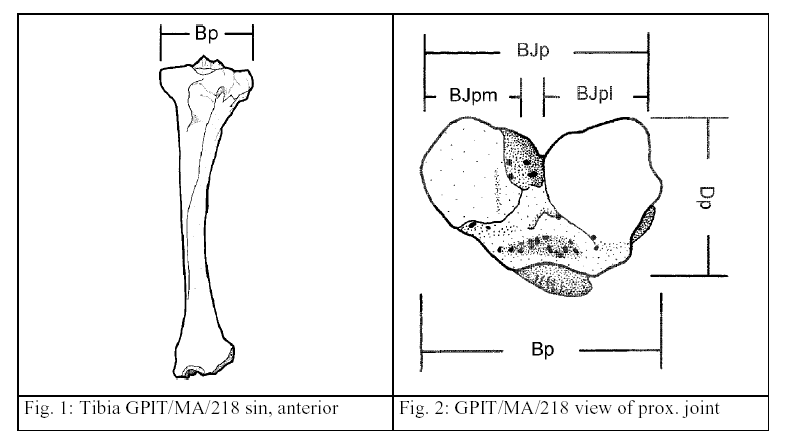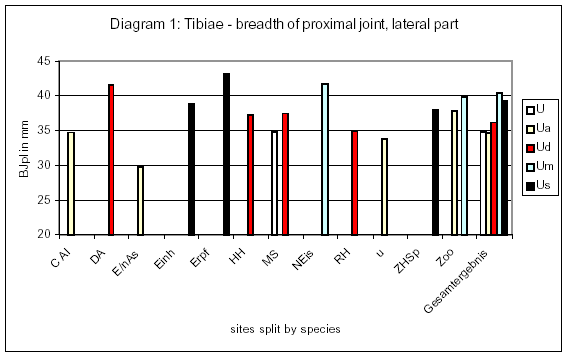- Statistical Analysis
First, endpoints have to be found, which show approximate
homogeneous measurements
within each group of species. Afterwards, from these
endpoints the ones have to be selected,
which allow a best classification between the species. To
select the correct statistical test for
this kind of data, first of all it is necessary to find
out whether the data is approximately
gaussian distributed or not. For this purpose a list was
calculated with summary statistics like
minimum, maximum, mean, median and standard deviation with
help of a SAS (Statistical
Analysis System) procedure. In addition, for each endpoint
data boxplots were raised,
measurements split by species. These descriptive
statistical methods showed in the pre-
examination that some of the data is approximately
gaussian distributed, others is not. This
result allows the usage of Kruskal-Wallis-Test and other
suitable multiple tests for these
independent sample surveys. To look for significant
differences between the investigated
groups (sites split by species), for each of the 244
endpoints (measurements) the Kruskal-
Wallis-Test was used for each of the data-sets. All these
tests in the pre-examination showed
that within the group of Ursus
spelaeus proportions stay more or less equal, despite their
high
variability in size. These calculations were the
preparation for the main examination, where
the aim is to show that the data-sets within one group
(e.g.
Ursus spelaeus or Ursus
deningeri) are
homogeneous and in some of the measurements or proportions significantly
different between the investigated groups. Concluding, it
appeared to be necessary to choose
statistical procedures in the main examination, which are
able to handle small sample sizes.
The next step, based on the above described, was taken in
the main examination by Pivottables
and diagrams, which give a first impression of the data.
One example for statistical
approach is presented in the following (fig. 1 - fig. 4),
where two correlated measurements are
applied to each other.
|






